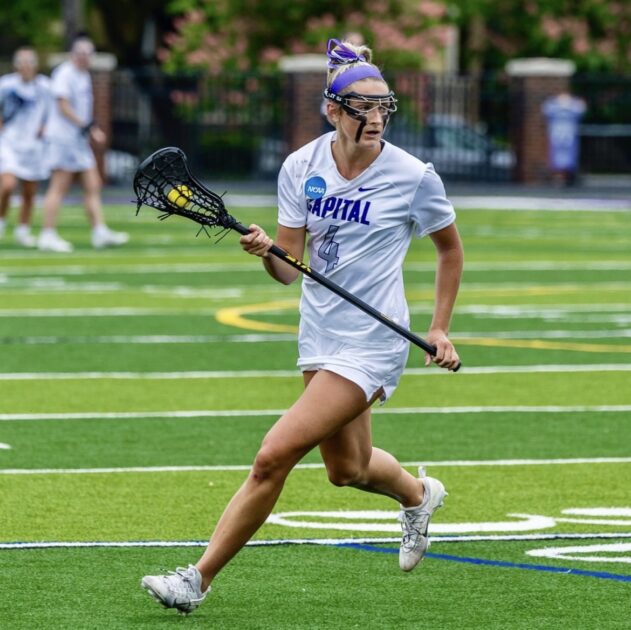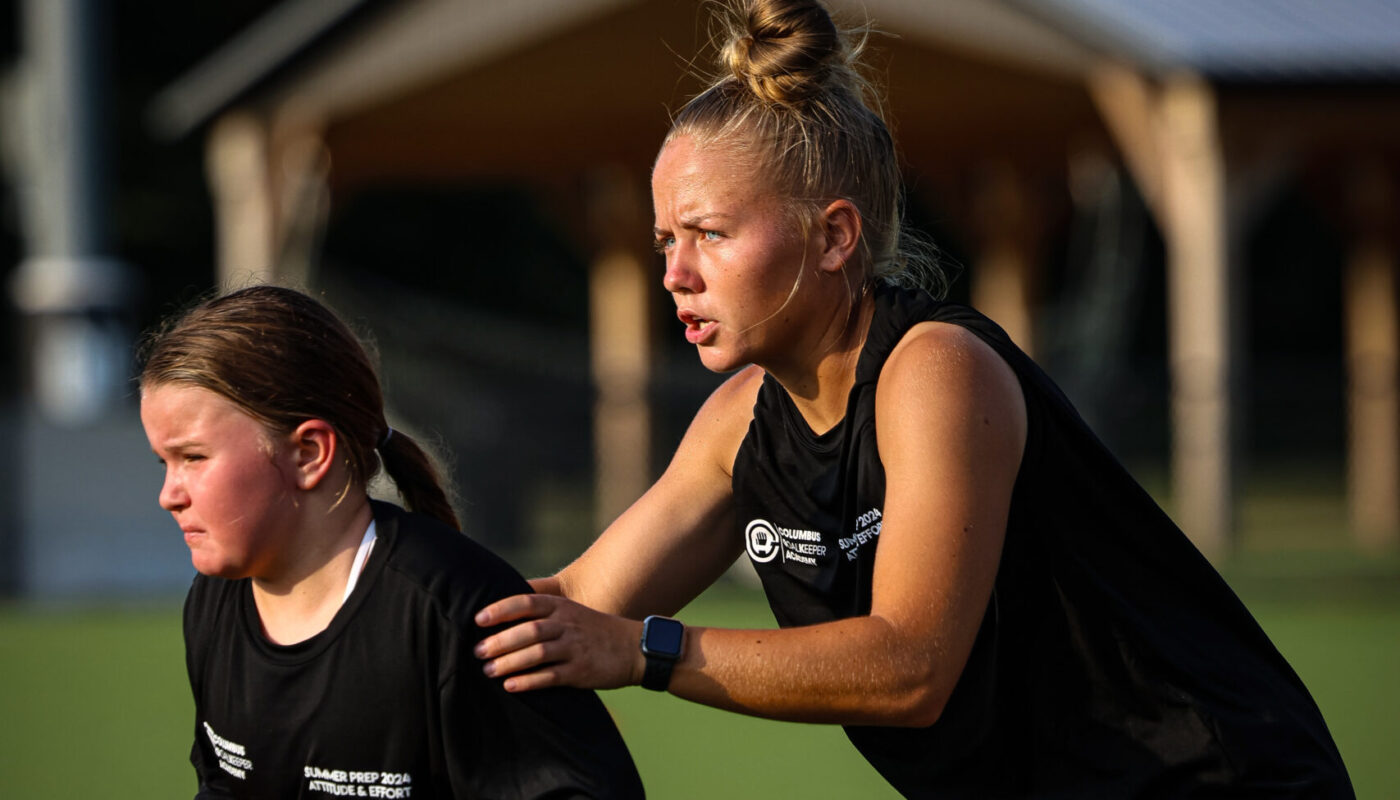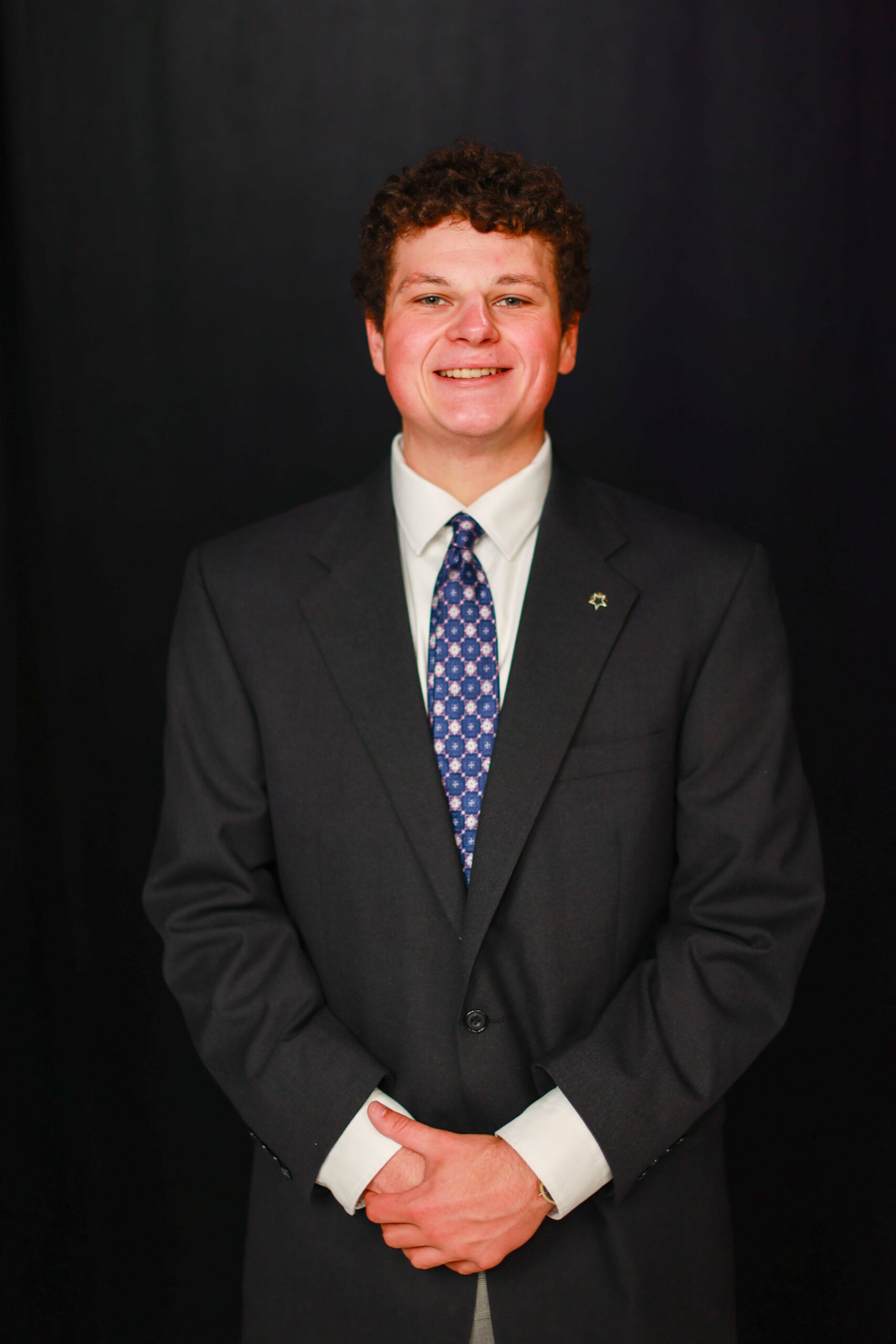Pending an official press release, the university is pledging its commitment to student-athletes by maximizing “Name, Image, and Likeness” (NIL) opportunities.
NIL is a fairly new NCAA policy granting student-athletes the ability to profit off of their own name and talent.
However, the largest NIL earners are NCAA Division I athletes; football players at Ohio State University were reported to earn $20 million collectively, the highest in college football.
Despite the lucrative NIL deals signed by Division I athletes, it is not widely known that NIL policy applies to all three Divisions in NCAA athletics.
The efforts to greaten the NIL opportunities for on-campus athletes have begun, but they are in very early stages.
Dustin Rudegeair, the assistant director of athletics and recreation, revealed the university has recently partnered with OpenDorse, a platform specializing in NIL endorsements.
Rudegeair works with Danielle Parr, one of the staff athletic trainers, to oversee NCAA compliance regulations; the pair make sure the regulations set by the NCAA are adhered to.
The NCAA NIL policy prohibits a university from promoting their athletes to businesses, but Rudegeair said the athletes still have to report their deals to the department. Students have the opportunity to apply for endorsements, but they will be up against other athletes looking for the same opportunity.
“Sometimes, there are thousands of people applying for the same [endorsement],” Rudegeair said. “It depends on how local it is, how national it is.”
The athletics department must approve each deal to make sure the deal is in tune with NCAA compliance regulations. This includes making sure athletes do not sign endorsements with problematic companies.
“Maybe the company is not doing something right, or [the deal] is fishy,” Rudegeair said. “We can help the student-athlete to not make a bad deal…it just helps us monitor it.”
Parr said OpenDorse is not only for creating deals, but also teaches student-athletes essential skills like financial literacy.
“They do get education provided by OpenDorse about how to use the platform, but then also how to make intelligent decisions,” Parr said. “[NIL deals] could be taxable income. ‘Could this possibly affect your financial aid?’ Things like that.”
The opportunity is exciting for students, but the process is in its infancy.
For Grace Osborn, a senior women’s lacrosse player, the exciting opportunity is coming a little late. Last year, as a junior, Osborn broke NCAA records for Division III most career points per game, most career goals per game and most goals in a single season. Osborn also started running cross-country this fall for the university.
Osborn was approached in the summer by someone offering to find her NIL deals, but the opportunity never fully came to fruition.
“I never really looked into it anymore,” she said. “I was going to…I’m almost out of school now.”

Despite no real prospective NIL deals as of now, Osborn still works around 25 hours a week while balancing sports and academics.
“I have my work-study job in the Cap Center, I give lacrosse lessons and I referee… so I have three different jobs outside of the sport.”
Osborn’s experience of working multiple jobs while playing sports is a common experience for DIII athletes, especially on campus.
Liv Alford, a junior goalkeeper for the women’s soccer team, acknowledged the market for NIL in Division III is very small.
Outside of soccer, Alford coaches goalkeeping to youth soccer players and does personal training. Although the NIL market on campus is not the biggest, she said she uses her goalkeeping coaching to create content, making her social media presence larger and more attractive for NIL deals.
“I know social media plays a big role,” Alford said. “I’ve tried to put my coaching and training stuff on social media because that’s what I want to do when I’m done with school.”
In the meantime, Alford said she sees the potential in the university’s attempts to maximize NIL opportunities for students.
“It brings more attention to the campus, which is good for exposure,” she said. “Right now, I don’t think there’s a whole lot. But there could definitely be potential for more in the next few months, or year.”


